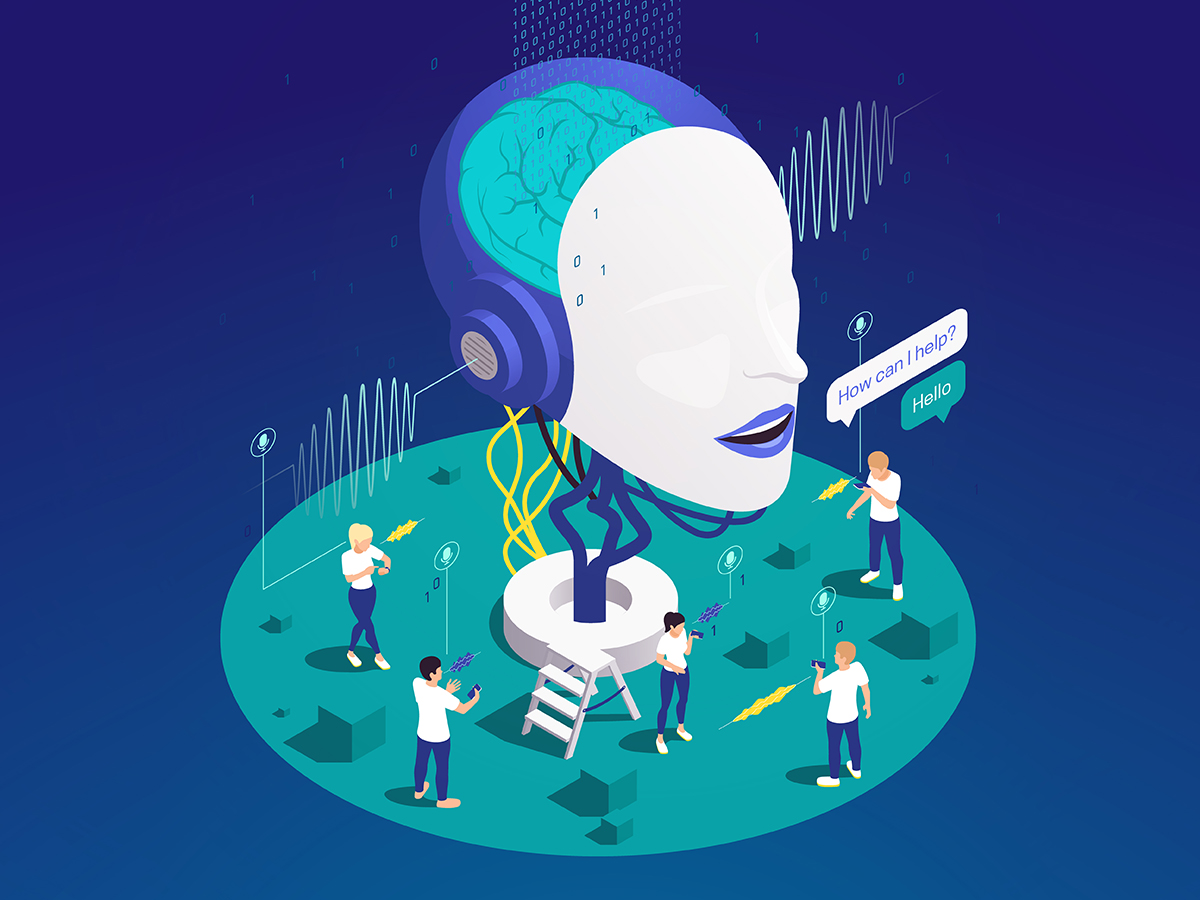Engineering Emotional Intelligence: How AI and NLP Are Reshaping Employee Recognition Systems?

Recognizing and appreciating employees has become more important—and more challenging—than ever. Traditional recognition programs, often driven by periodic reviews or manual inputs, struggle to keep up with the dynamic nature of modern workplaces. To meet the growing need for real-time, personalized acknowledgment, organizations are turning to cutting-edge technologies. At the forefront of this transformation are artificial intelligence (AI) and natural language processing (NLP). AI and NLP are transforming employee recognition by allowing systems to perceive, analyze, and react to human emotions, actions, and language with greater empathy and intelligence.
The Emotional Gap in Traditional Recognition
Recognizing employees has long played a vital role in boosting engagement, encouraging motivation, and supporting retention efforts. Yet, many organizations still rely on outdated systems that lack the emotional nuance needed to make recognition truly meaningful. These systems are often impersonal, inconsistent, and disconnected from daily work life. They fail to capture the subtle moments of excellence, collaboration, or resilience that happen in real time.
Moreover, in remote and hybrid work setups, the spontaneous recognition that once happened in hallways, meetings, or coffee breaks is harder to replicate. This emotional gap can lead to feelings of underappreciation, disengagement, and eventually turnover. Enter AI and NLP—technologies designed to bridge this gap by bringing emotional intelligence into the digital realm.
How AI and NLP Are Reshaping Employee Recognition?
AI and NLP are reshaping employee recognition by enabling systems to detect, analyze, and act on emotional cues and contextual signals in unprecedented ways. These technologies can process massive amounts of unstructured data—from emails and chat messages to performance reviews and feedback forms—allowing organizations to recognize employees not just for results, but for effort, attitude, and impact.
1. Real-Time Sentiment Analysis
NLP allows recognition systems to perform sentiment analysis on communications across platforms like Slack, Microsoft Teams, or email. AI models can detect positive language, appreciation, or emotional tone in messages and prompt timely recognition. For instance, if an employee receives praise in a team chat, the system can suggest a public shout-out or badge, turning informal appreciation into formal recognition.
This real-time feedback loop ensures that recognition is both timely and relevant—two crucial factors for its effectiveness.
2. Bias-Free and Inclusive Recognition
AI-powered systems can help reduce human bias in recognition programs. By analyzing data across teams, roles, and time periods, AI can identify trends and disparities in how and to whom recognition is being given. This insight enables leaders to take corrective actions and ensure equitable acknowledgment across diverse groups.
NLP also enables language standardization, flagging biased or inappropriate wording and promoting inclusive language in recognition messages.
3. Emotionally Intelligent Automation
Beyond keywords and data points, advanced NLP can infer intent and emotional undertones.This allows systems to identify signs that employees may be feeling undervalued, stressed, or disconnected—even when those feelings haven’t been directly expressed. AI can then trigger prompts for managers to check in or suggest peer recognition to boost morale.
Emotionally intelligent automation doesn’t just make recognition more efficient—it makes it more human.
4. Personalized Recognition at Scale
Personalization is key to effective recognition. What motivates one employee may not resonate with another. AI enables personalized experiences by analyzing individual preferences, recognition history, and communication style. This allows systems to tailor messages, rewards, and delivery methods—ensuring that each act of recognition feels meaningful and sincere.
At scale, this transforms a one-size-fits-all recognition program into a dynamic, employee-centric system.
Read More: The Intersection of AI and Human Capital in Creative Industries
The Role of Managers and Culture
While AI and NLP are reshaping employee recognition, these technologies are tools, not replacements for human empathy. The most successful implementations are those that empower managers and teams to be more thoughtful, timely, and authentic in their appreciation. AI can surface opportunities and insights, but it is up to leaders to act with empathy and sincerity.
Organizations must also cultivate a culture where recognition is encouraged, expected, and valued. AI can support this culture by making recognition more visible, data-driven, and consistent—but it cannot replace the cultural groundwork that makes appreciation meaningful.
Ethical Considerations
As with any AI-driven system, ethical concerns must be addressed. Transparency, data privacy, and consent are essential when analyzing employee communications. Employees should be informed about how their data is used, and organizations must establish boundaries to protect trust.
AI should enhance the employee experience, not create a sense of surveillance. Balancing intelligence with ethics is critical in building systems that truly support emotional well-being.
AI and NLP are reshaping employee recognition by making it smarter, fairer, and more emotionally intelligent. These technologies empower organizations to move beyond generic praise toward timely, personalized, and impactful appreciation. When designed with empathy and implemented thoughtfully, AI-driven recognition systems not only boost morale and retention but also create a workplace where people feel truly seen, valued, and motivated to thrive.
Read More: HRTech Interview with Yen Tan, Head of Expansion and Manager Products at 15Five
[To share your insights with us, please write to psen@itechseries.com ]
The post Engineering Emotional Intelligence: How AI and NLP Are Reshaping Employee Recognition Systems? appeared first on TecHR.
Comments
Post a Comment